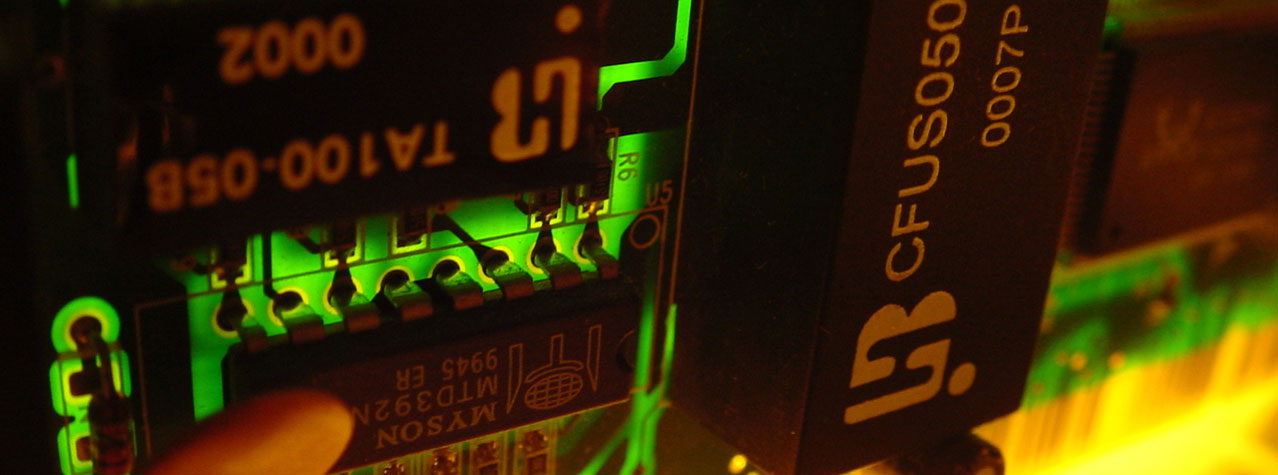Artifical Intelligence for Traders

With the rise of big data and the very real opportunities that machine learning now brings, there is no better time to find out how artificial intelligence techniques can be used for trading the financial markets.
In this exciting one day course, delegates will be introduced to the use of AI techniques that can be employed by traders and investment managers alike. Topics include: Learning algorithms, Classification and Regression Trees (CART), Support Vector Machine (SVM), and Neural Networks. The course makes extensive use of MATLAB's Statistics and Machine Learning Toolbox and each delegate will be equipped with a PC, MATLAB and relevant data.
| Available for in-house delivery. Call +44 (0)1483 573150 | |
| Duration: One day (9.00am to 5.00pm) | |
| Location: In-house | |
| Trainer: Ernest Chan | |
| Please contact us for a quotation |
Course Outline
Overview of AI techniques
A general paradigm of machine learning
+ Features selection
+ Training vs test sets
+ Cross validation
+ Boot-strapping
+ Data snooping bias
Setting up the problem with multiple linear regression as the learning model
+ Exercise: Predict 1-day SPY return using simple technical indicators
Learning algorithms
+ Exercise: Predicting SPY returns using various learning algorithms
Stepwise linear regression
Classification and regression trees (CART)
+ Stopping criteria for tree growing
+ Using the whole tree or selecting certain nodes for prediction?
+ Reducing overfitting by cross-validation
+ Increasing training sample size by bootstrapping/bagging
+ Learning from past erros: boosting
+ Which technique gives most accurate predictions?
Support vector machine (SVM)
+ Predicting sign of returns
Neural networks (NN)
+ Neural network as nonlinear function fitting
+ What network architecture to pick?
+ Drawback of using NN for financial predictions
An extended exercise on features selection
+ Building a multifactor stock selection model using fundamental factors
+ Techniques: multiple regression, stepwise regression, and CART
+ What fundamental factors are most useful for predicting stock p
